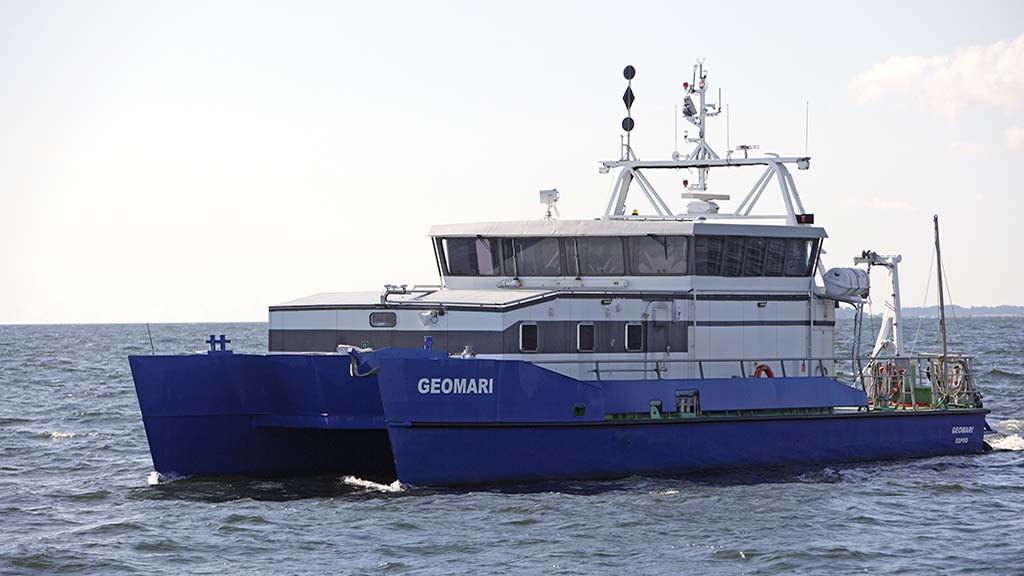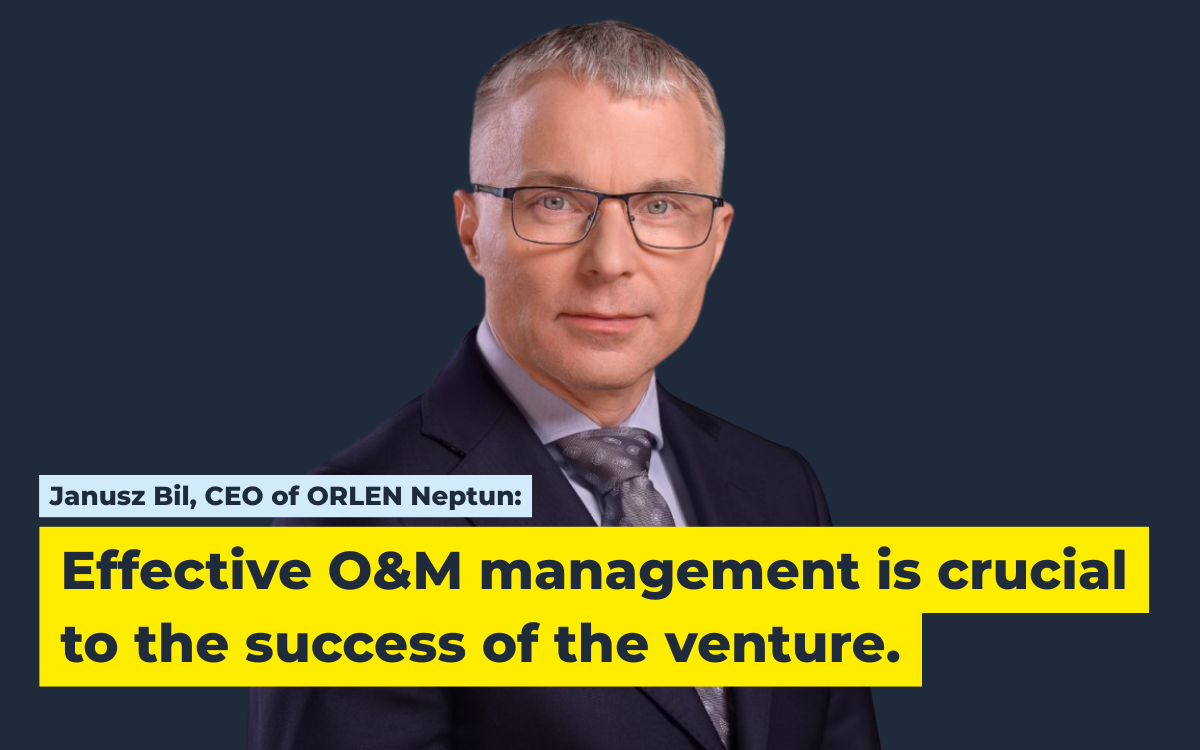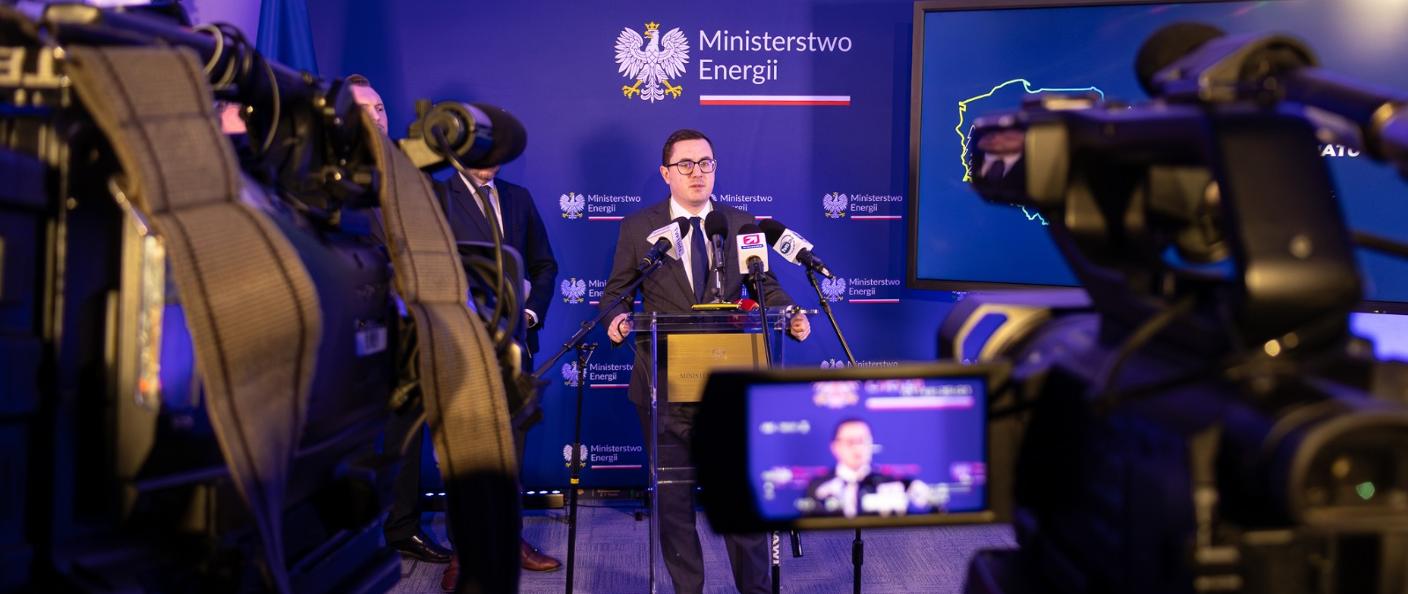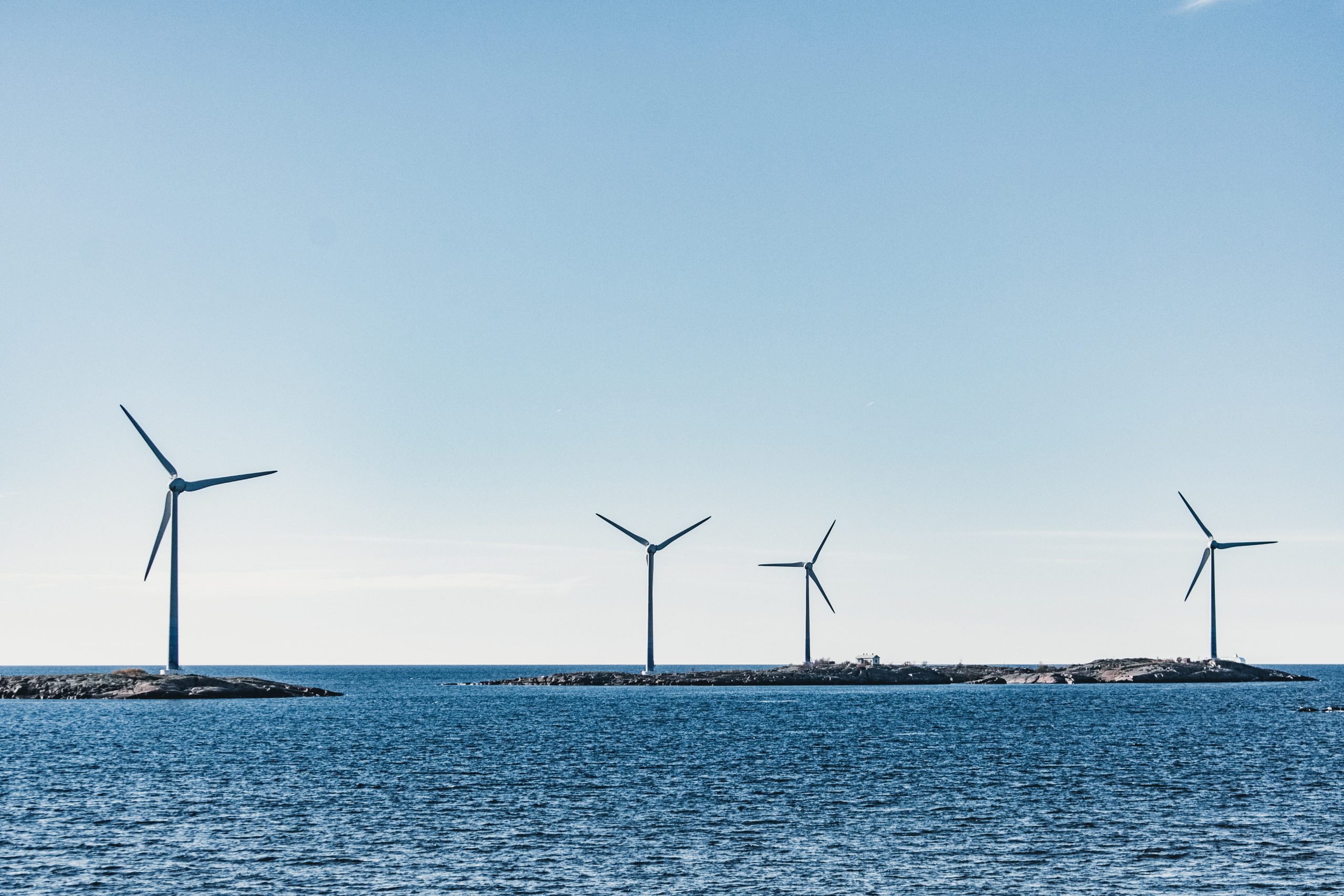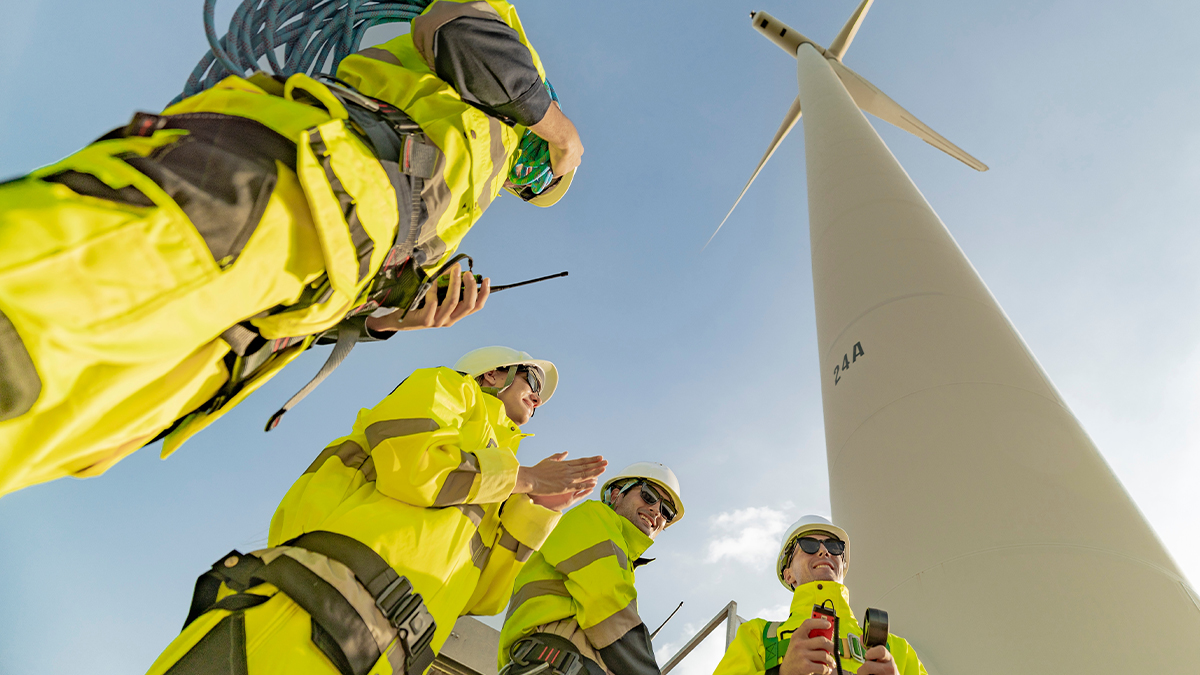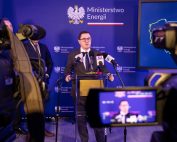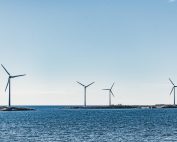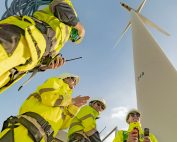The preliminary surveys of Metsähallitus’ new offshore wind farm projects will proceed as planned for the autumn tendering process. During the summer, factors such as the constructability of the seabed in the Bay of Bothnia have been investigated.
Last spring, Metsähallitus conducted a tendering process for the assessment the constructability of the seabed through seismo-acoustic sounding. The competitive tendering exercise was won by the Geological Survey of Finland (GTK). The GTK research vessel Geomari started data collection in June, and the soundings have progressed according to schedule.
Metsähallitus will launch altogether four new offshore wind farm projects over the course of this year and the next year. A call for tenders for the upcoming offshore wind farm projects will be launched in the autumn.
“During the tendering phase, we must be able to describe technical and environmental requirements related to construction with sufficient accuracy. In addition to wind measurements, the constructability of the seabed is one of the critical factors in the development of offshore wind farms,” says Juha S. Niemelä, the Director General of Metsähallitus.
“GTK contributes to promoting the green transition and increasing offshore wind power in Finland. Having a clear understanding of the underwater topography and geology is crucial. It allows us to avoid areas that are important for the marine environment and provides us information on where the offshore wind farms can be built,” says Kimmo Tiilikainen, Director General of GTK.
The seabed embodies a vast amount of data
The wide range of instruments used in seismo-acoustic mapping produce a vast amount of data. Multibeam and side-scan sonar imaging are used to determine the depth of the sea as well as the form and hardness of the seabed. Sediment echo sounders provide information on the type and thickness of the sediments. A seismic profiler collects data on the depth at which the bedrock and the till surfaces underlie other sediments. Sound velocity is measured regularly because it can be used to correct inaccuracies in the measurement data caused by changes in water temperature and salinity, GTK’s geologist Nikolas Sanila explains.
“The main product of GTK will be a geological interpretation derived from the soundings, which will be reported to the client,” Sanila says.
For a marine geologist, the seabed is a unique landscape that could never be envisioned by merely observing the sea surface.
“The diversity of the seabed never fails to intrigue me. Under the sea, there are shallows, rocks, hollows, vast clay deposits and traces of human influence,” Sanila says.
“For example, off the coast of Raahe there is a large esker formation, which starts from Kalajoki and passes through the sounding area from north to south. The seabed is characterized by steep slopes, large sandy beaches and shallow areas. There are also large channels that resemble riverbeds, which provide insights into the glaciation history of the area. The scale of topographic variation may sometimes resemble something you might encounter in Koli, but such features are not visible above the sea surface,” Sanila says, describing the area of the seabed to be studied.
Below is the video presenting Director Generals visting the seabed soundings:
A highly trained and experienced crew of four people lives and works at Geomari during the sailing season. The crew is responsible for independently generating research data, processing it, and operating the vessel. During the winter season, they work on vessel maintenance and processing research data. In the image from left Juha S. Niemelä, Kimmo Tiilikainen, Nikolas Sanila, Erkki Lintunen, Eija Eräkare and Pekka Marttila.
Source: Metsähallitus
